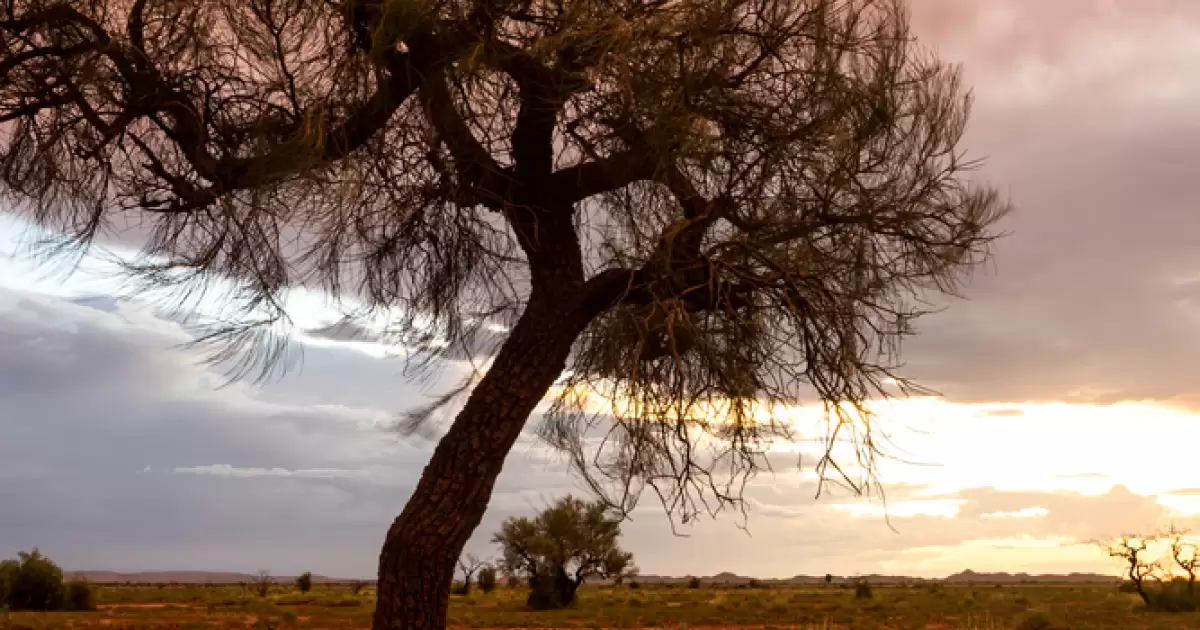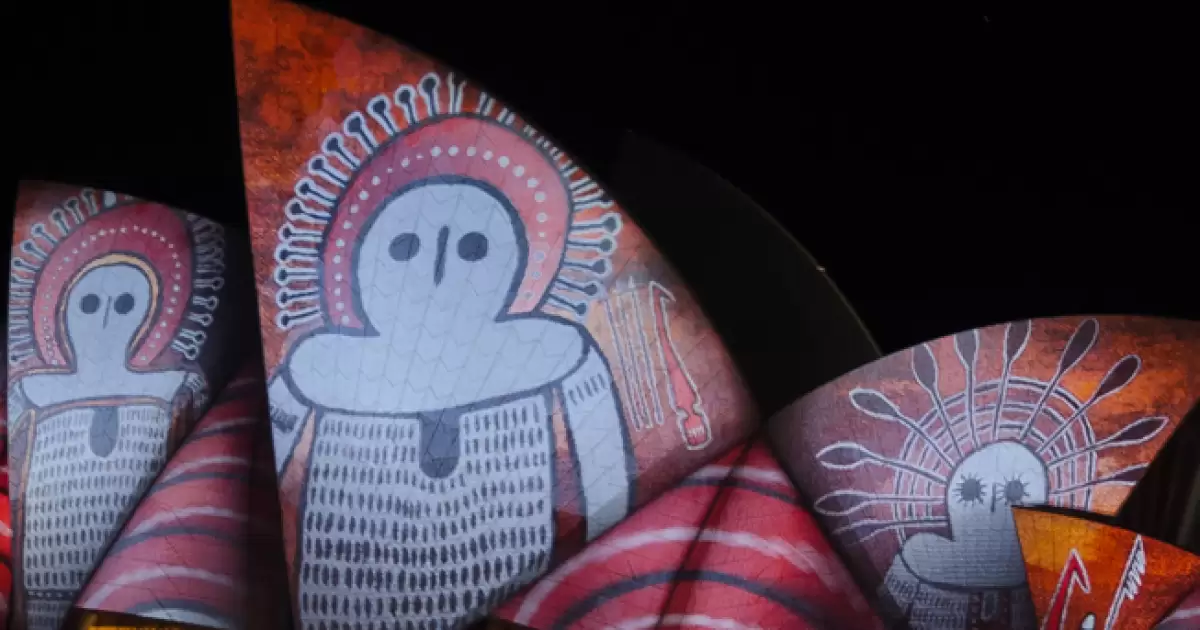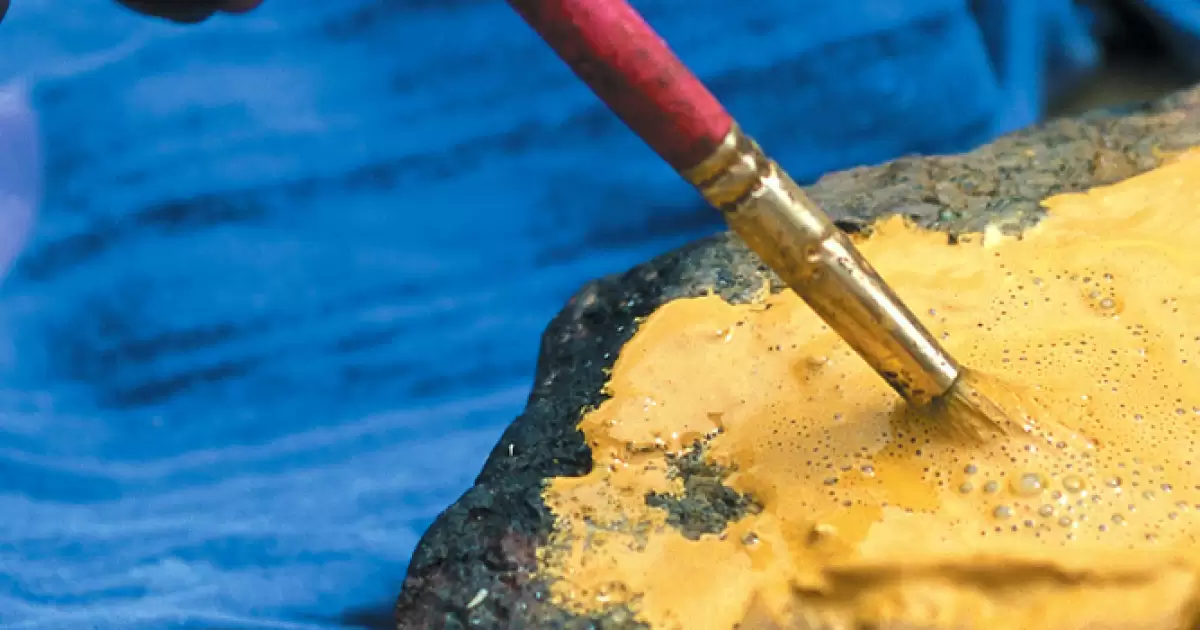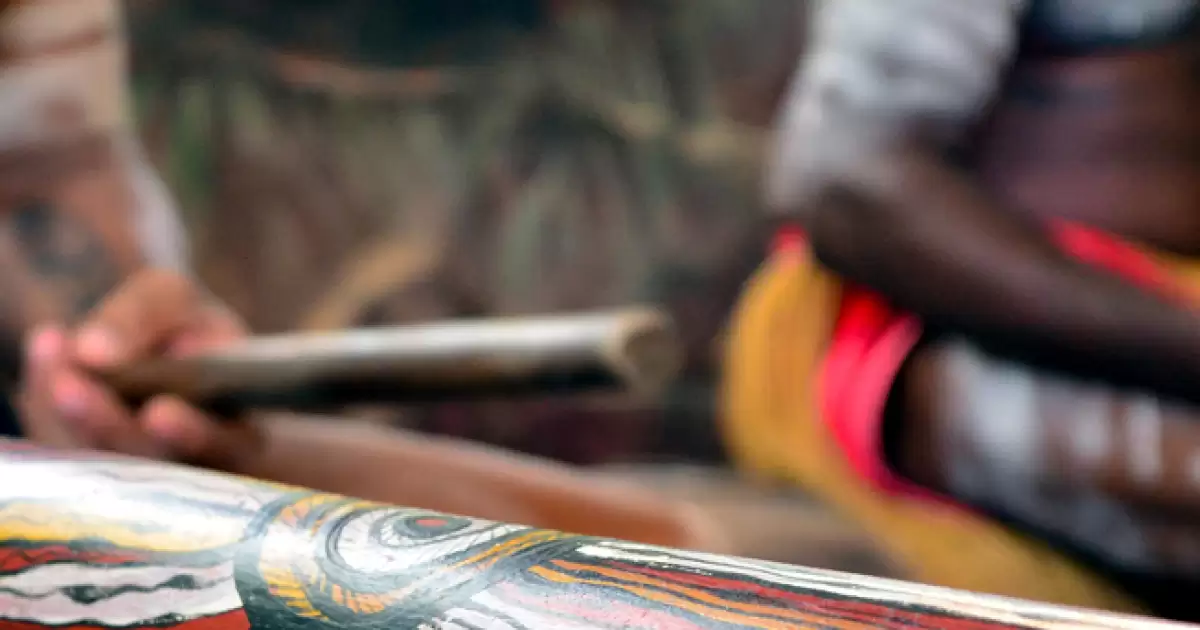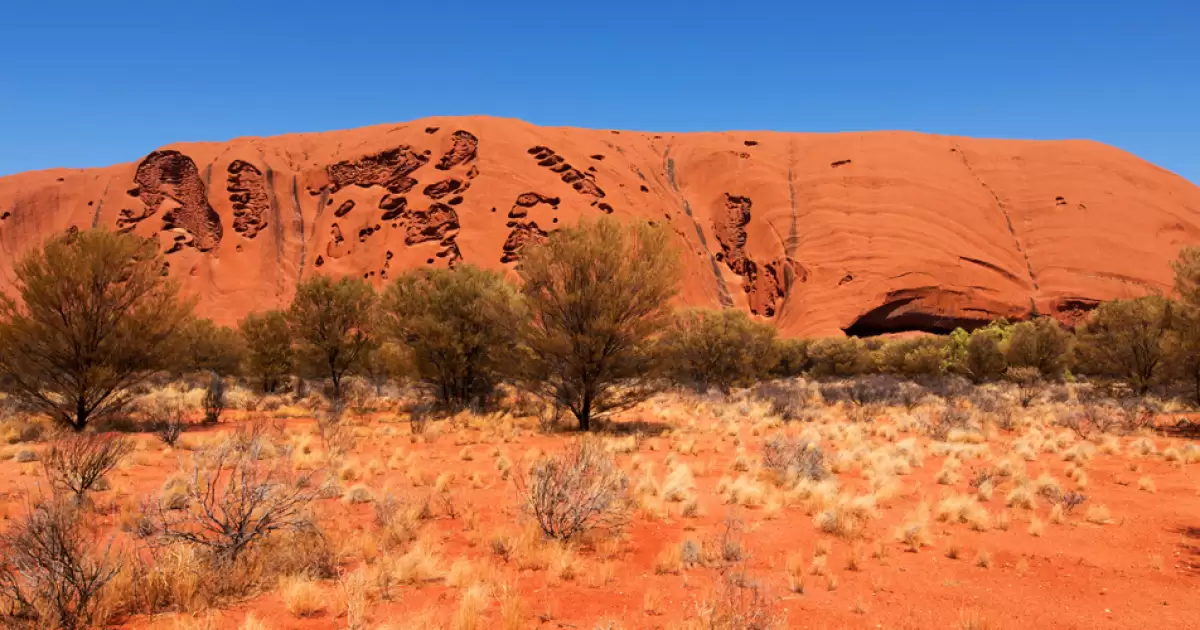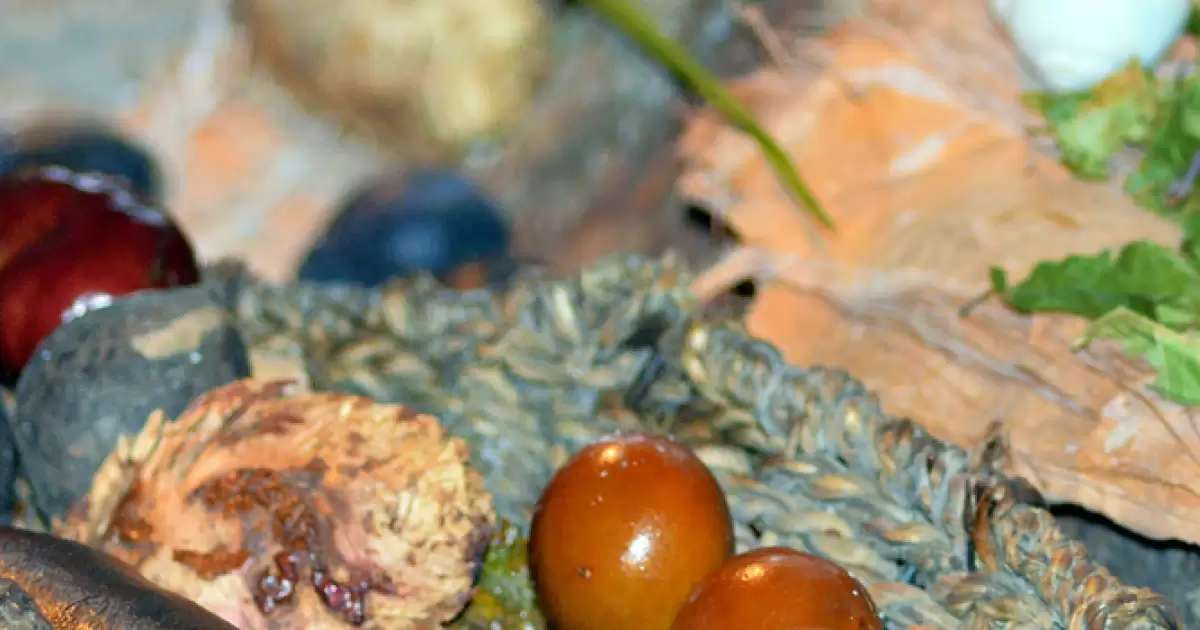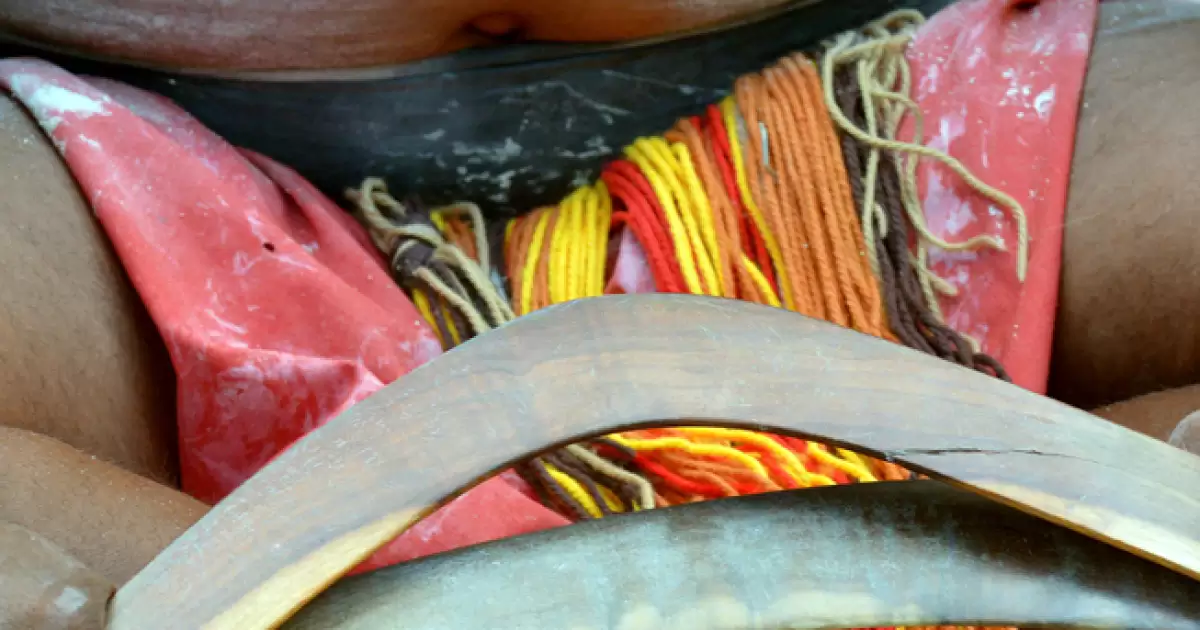In recent years, there has been a growing concern over the issue of cultural appropriation. It is defined as taking aspects of a culture that are not one's own and using them for personal gain or entertainment, often without regard for the significance and meaning behind them. This has become particularly contentious when it comes to Indigenous cultures, where individuals and companies have been known to use Indigenous words or designs without consulting with the community or seeking permission. The impact of this can be severe - it can strip away the significance and value of an aspect of a culture and diminish its importance.
The issue of cultural appropriation is a hot topic in today's society. The simple fact that people can use Indigenous words or designs without consent or consultation is a problem that can severely impact an Indigenous community or individual. This lack of recognition can strip away the very essence of their culture and traditions. Wakka Wakka and Yuin artist Bibi Barba argues that although copyright law may not directly protect Indigenous cultural intellectual property (ICIP), there are moral rights that should be considered. It's important to acknowledge the principles and protocols that come with representing a culture that is not one's own. Understanding the significance of these customs can positively contribute to the relationship between cultures.
Understanding copyright law can be a complex and challenging task, particularly for Indigenous artists and creators. Charisma Cubillo, a Larrakia woman and solicitor at Indigenous-owned and managed law firm Terri Janke and Company, believes that there are some unique challenges that come with copyright protection for Indigenous works. While copyright protection is automatic upon creation of the work, ownership ceases 70 years after the death of the author. However, for Indigenous people, this ownership is ongoing and often linked to cultural heritage and identity. This poses problems when traditional art forms, such as rock art, are found in the public domain, making it difficult to prevent others from reproducing and distributing these works. These challenges highlight the need for an ongoing conversation around copyright legislation and its impact on Indigenous communities.
Indigenous cultural intellectual property (ICIP) is a vital right that Indigenous people possess, allowing them to safeguard their traditional art and culture. This legal concept recognizes that Indigenous individuals and communities have unique forms of knowledge that are intimate to their culture, and it gives them the means to preserve them against theft or misuse. The ICIP is a growing debate in the field of intellectual property law. This right is essential for the survival of Indigenous histories and traditions, which may otherwise be lost or erased in a world that often privileges Western norms. It is crucial that we continually educate ourselves and others about the importance of ICIP and work towards honoring and respecting Indigenous peoples' right to it.
Respecting ICIP and copyright is crucial, especially if it involves Indigenous culture. It is essential to value and respect this rich and diverse culture by seeking permission before use. Collaboration should involve the utmost protection of Indigenous culture, with tasteful and respectful attribution of the artist's work. Consensual dialogue and consultation are at the heart of respecting ICIP and copyright. To do this properly, ten essential principles should be followed, including self-determination and the recognition and protection of Indigenous culture. By following these principles, we can maintain cultural integrity and benefit-sharing and realise the true value of Indigenous culture.


